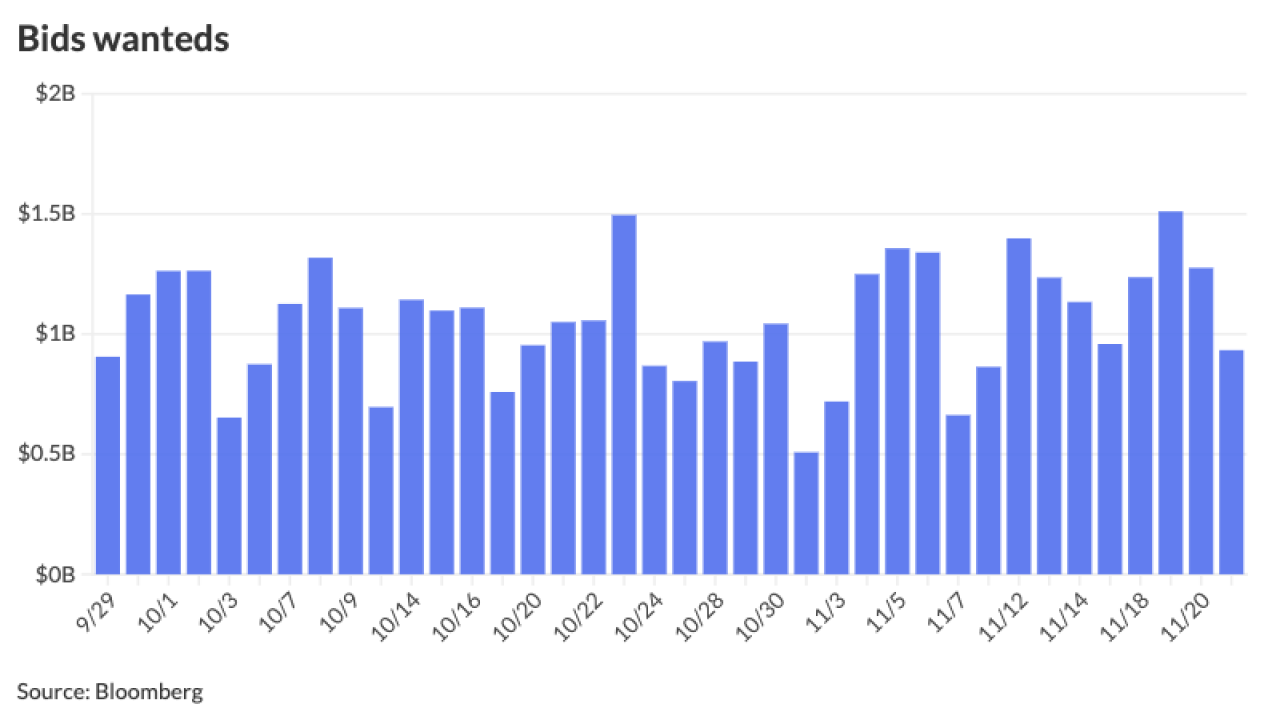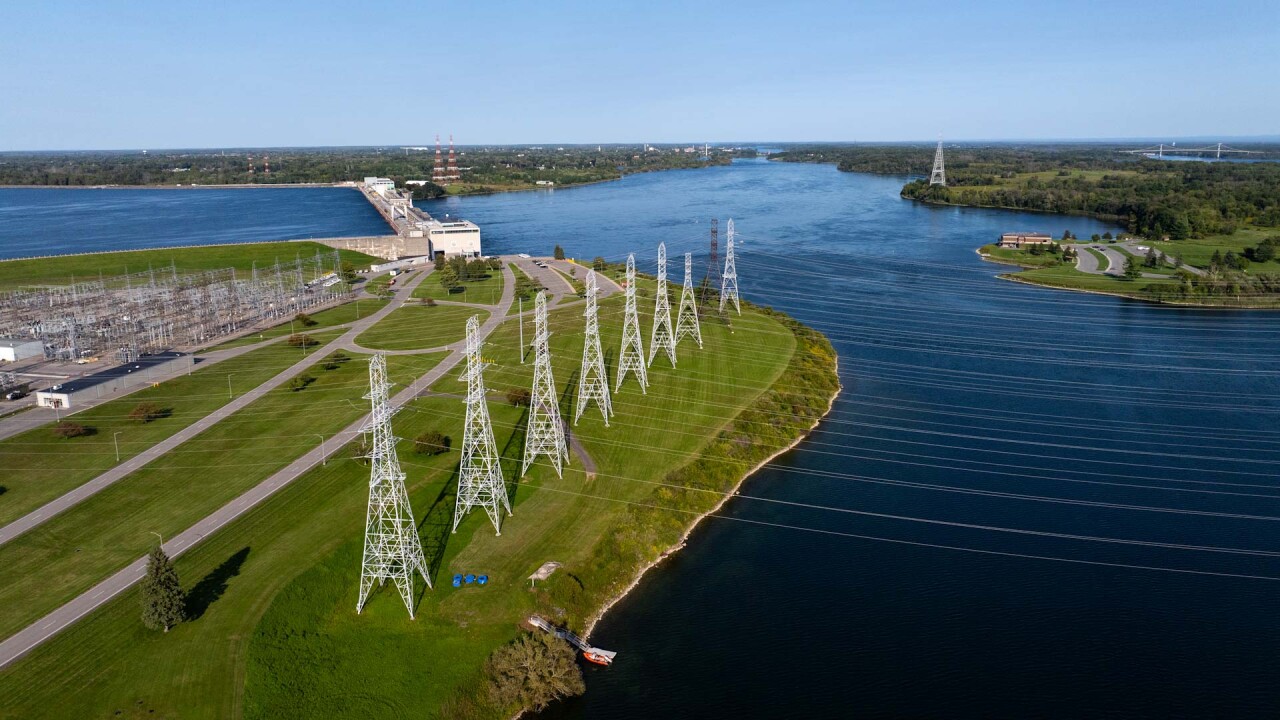
SAN FRANCISCO - With $335 million of federal funds, Manhattan's Lower East Side, which received the brunt of the flooding from Hurricane Sandy, can begin making preparations to protect against the impacts of rising sea levels and other weather-related events.
Funds will be used to construct a new "bridging berm" at East River Park.
The berm is one of a number of public-funded efforts underway to prepare for impacts from climate change — whether it's rising seas on the East Coast or a three-year drought on the West Coast.
The berm is the first phase of an overall flood protection system that will stretch across ten miles of low-lying land on Manhattan's edge — from West 57th street to The Battery and up to East 42nd Street.
"Countless New Yorkers found themselves without power, heat, or running water after Sandy hit," said NYC Mayor Bill de Blasio. "With a changing climate, we know it's not a question of if, but when the next big storm will hit — and that's why we have a comprehensive plan to adapt our city's infrastructure and neighborhoods."
The increase in such efforts in the aftermath of Sandy and other severe weather-related events has attracted the attention of credit analysts, who are watching closely to see how the potential impact of climate change might affect credit quality.
The latest estimates from the government's National Climate Assessment in May warn of temperature changes of more than eight degrees Fahrenheit and sea level increases of one to four feet by 2100 if the current path of global emissions increases continues.
So far, credit impacts from previous natural disasters have been minimal.
"We've definitely seen climate-related events have some effect on certain municipalities, but overall, at least in the local government sector, we can say that they've been able to handle that risk — particularly with federal and state support," said Sarah Sullivant, a credit analyst at Standard & Poor's. "We're going to be keeping an eye on this issue going forward to make sure that federal support is still sufficient to help local governments handle these kinds of things."
The most significant credit risks of climate change are for local governments that aren't able to quickly recover from weather disasters.
"What we look for is not so much the immediate aftermath, but we look for the extent to which there are any signs of lingering effects on the tax base, the overall economy, and the financial position of the government," said Horacio Aldrete-Sanchez, another analyst at Standard & Poor's. "That's really what would drive a rating action."
Sullivant and Aldrete-Sanchez, along with other Standard & Poor's analysts,
They found that most local governments have been able to bounce back from natural disasters, though there are two exceptions that did not, and as a result, received lower credit ratings.
Louisiana, for example, was hard hit in 2005 by Hurricane Katrina, where a number of local communities were financially under-prepared to deal with the impacts from the natural disaster.
As a result, Standard & Poor's took several rating actions on local governments and school districts affected by the hurricane.
In 2008, Galveston, Texas was hit by Hurricane Ike — the third costliest hurricane to make landfall in the United States — which led to a downgrade from Standard & Poor's on the city's general obligation and water and sewer ratings.
The city's
"The real issue is not the first six to 10 months after a catastrophe. It's the 18 to 36 months after that you have to prepare for," said Alan Rubin, managing director with public strategy firm Mercury LLC. "And by this time another disaster will have hit and [the Federal Emergency Management Agency] will pick up and go off to its next location, whether it's a flood, an earthquake, or in the case of the Midwest, tornadoes."
Rubin was nicknamed the "Hurricane Czar" after working extensively in Miami-Dade County, Fla. after Hurricane Andrew caused more than $30 billion in damage in 1992. While working in Lehman Brothers' investment banking division, he also helped design and underwrite the catastrophe fund for hurricane relief.
"In the first six months you have lots and lots of money coming in because there's so much sympathy and because New York has a strong congressional delegation," Rubin said. "But at that time you should be planning and squirreling funds away. Set aside rainy-day funds and catastrophe funds with analytic metrics, which is what the [Metropolitan Transportation Authority] did in New York."
Last October, the MTA issued $200 million MetroCat Re Ltd. Series 2013-1 bonds, the first catastrophe bonds that cover storm-surge risk arising from named storms.
Other natural disasters generally have not had a huge impact on credit ratings because they tend to be short-lived, Aldrete-Sanchez said.
"Generally, reconstruction and repopulation takes place shortly afterwards and actually sometimes generates a boost in revenues due to reconstruction, revitalization, and repopulation, so you see an increase in economic activity shortly after," he said.
Although Superstorm Sandy lowered national growth during the fourth quarter of 2012, the recovery effort, which led to increased construction and rebuilding activity, quickly boosted output once again.
This was a different outcome from Hurricane Katrina, which spurred limits on reconstruction and development in high-risk areas in the Gulf Coast.
While analysts at Standard & Poor's mainly focused on analyzing the effects of climate change so far, they also pointed to examples of efforts to understand and mitigate weather-related vulnerability.
"We expect continued focus on this area given the pattern of natural disaster activity over the past decade," the report said. "The pace and progress of actual investments will likely be slow due to funding constraints at all levels of government."
The report points to New York, which has created a Sea Level Rise Task Force that identifies and addresses climate change, and recommends actions for state and local governments to undertake to address these risks.
Elsewhere in the region, other communities impacted by Hurricane Sandy are also making preparations for future weather-related events.
Under the same program providing funds for Manhattan's bridging berm, communities in New Jersey will also receive funding for projects that will provide flood protection, including the Meadowlands, the Hoboken waterfront, and parts of Weehawken and Jersey City.
The money comes from a
Under the program, New York, New Jersey, and New York City are receiving $920 million from HUD in HUD's recent allocation of approximately $2.5 billion in Community Development Blocks Grants - Disaster Recovery for the region hit by Hurricane Sandy.
The Lower East Side's bridging berm will shield the city against floods and stormwater, while also creating a resilient habitat of salt-tolerant trees, shrubs, and perennials.
"Building stronger and more robust infrastructure is essential to preparing for the new reality of extreme weather, and with the support of our federal partners New York is becoming a national leader in storm resiliency," said New York Gov. Andrew Cuomo. "From implementing storm mitigation measures along the southern shore of Nassau County to fortifying the Hunts Point section of New York City, this funding will go a long way toward protecting New Yorkers and their communities."
Standard & Poor's also highlights efforts in California, which has been dealing with the financial impacts of a three-year drought. The state is also joining federal and local governments to finance levee improvements designed to achieve 200-year flood protection.
"There's an inevitable increase in sea level, and that increase will have impacts on water quality and on agricultural practices in exposed areas, so we've got to get to work on it," California Governor Jerry Brown said at a conference on climate change.
A rise in sea level could lead to increases in runoff and flooding, which can reduce the quality of water, according to the U.S. Environmental Protection Agency.
"In that respect, we have taken action to reduce climate change, and action to adapt — to change the infrastructure, change the use of water, and crops," Brown said at the conference, which was hosted by the University of California Giannini Foundation of Agricultural Economics.
Brown also noted that the state now has more than 70,000 electric vehicles and plans to reduce carbon emissions to 425 million tons a year by 2020 — down from its current 450 million tons a year.
California became the first state in 2012 to implement a cap-and-trade program to reduce greenhouse gas emissions. This generates a relatively small amount of revenue for the state, but it has little effect on the state's credit quality, according to Standard & Poor's.
Working to reduce greenhouse gas emissions is not the same thing as preparing for consequences of climate change.
"If you're just doing kind of mitigating-type things like converting local transit systems to zero emission, that's not going to help you prepare for a disaster or shore up your budgetary flexibility as much as, say, making a long-term plan to identify what the risks are and really improve your infrastructure and prepare for disasters," Sullivant said.
She added that Standard & Poor's isn't saying one strategy is necessarily better than the other from a credit perspective, but that the report is just trying to identify what some of the current mitigating efforts are.
"We're seeing some governments being more proactive in terms of looking at potential impacts — trying to upgrade their levee systems and things like that — but some of this is an unpredictable risk," Aldrete-Sanchez said. "For the most part governments are prepared and are in a good position to face what we consider a natural disaster."
While the analysts do not advocate any particular mitigating strategy, they did say that costs associated with inaction, or not preparing for the possibility of weather-related events, could continue to grow.
Fitch Ratings is also keeping an eye on the impacts of climate change, says Larry Levitz, a director at the agency.
So far, most local governments Fitch rates have been able to withstand and recover from previous weather-related disasters. As for those taking action to prepare for future impacts of climate change, such mitigating efforts do not affect credit quality, Levitz said.
"Certainly it's positive to be prepared," he said. "But as far as climate change, it's very difficult to assess specifically where the impacts will be. We monitor and keep track of it, but at this point, it's not a factor in our ratings."
Rubin said such projects taken on by local governments could enhance credit, but that they aren't always effective.
"There are two ways to look at that,"





